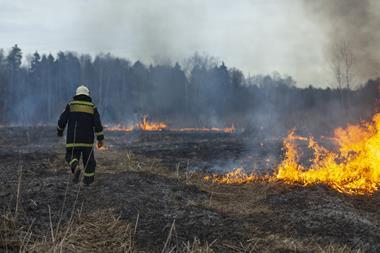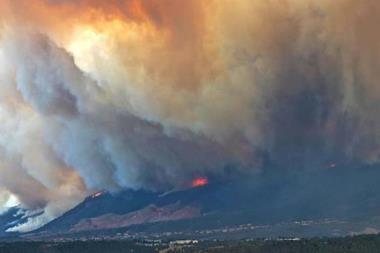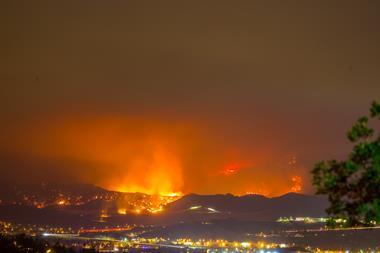Top business continuity and safety considerations include need for stand-fast alternatives and financial constraints
The wildfire season has started in many countries. With rising temperatures and below-average rainfall, comes an increased risk of extreme fires, which are now worsening and becoming more frequent worldwide, including in the US, Europe and the UK.
Firefighters managed to halt the spread of a “monster” blaze in southwest France, ahead of the weekend, reports Reuters.
“The fire did not advance overnight thanks to the significant means employed,” the local prefect said in a tweet Saturday.
Reinforcements from across Europe helped local firefighters tackle the blaze which has ravaged forests in France’s Gironde region and forced 10,000 people to evacuate their homes. The fire had been fanned by wind and scorching temperatures of up to 40C.
Threat to people and business
“Wildfires hold a major threat to businesses on the ground and business travellers,” said Tyler Hosford, regional security manager of International SOS. “It’s important for organisations to have a plan in place ahead of an emergency.
”Not only is a plan key for business continuity, but also for the health and safety of employees, travellers and their families.”
The impact of climate change, human factors, fire suppression and winds are worsening wildfire concerns in western, southwestern, and eastern regions of the US, and the threat of wildfires is only set to increase as more people live in and around forests, grasslands, and other natural areas.
“Due to the pandemic, businesses across the country have a better understanding of the value in preparation and communication during a crisis, and wildfires should be treated with the same vigilance,” said Dr Myles Druckman, global medical director of International SOS.
“Organisations should be aware of the top considerations during this time which include air quality concerns, overstretched local and national emergency services, access to shelters, need for stand-fast alternatives and financial constraints at all levels - all which are critical to ensuring the safety of staff.”




















No comments yet